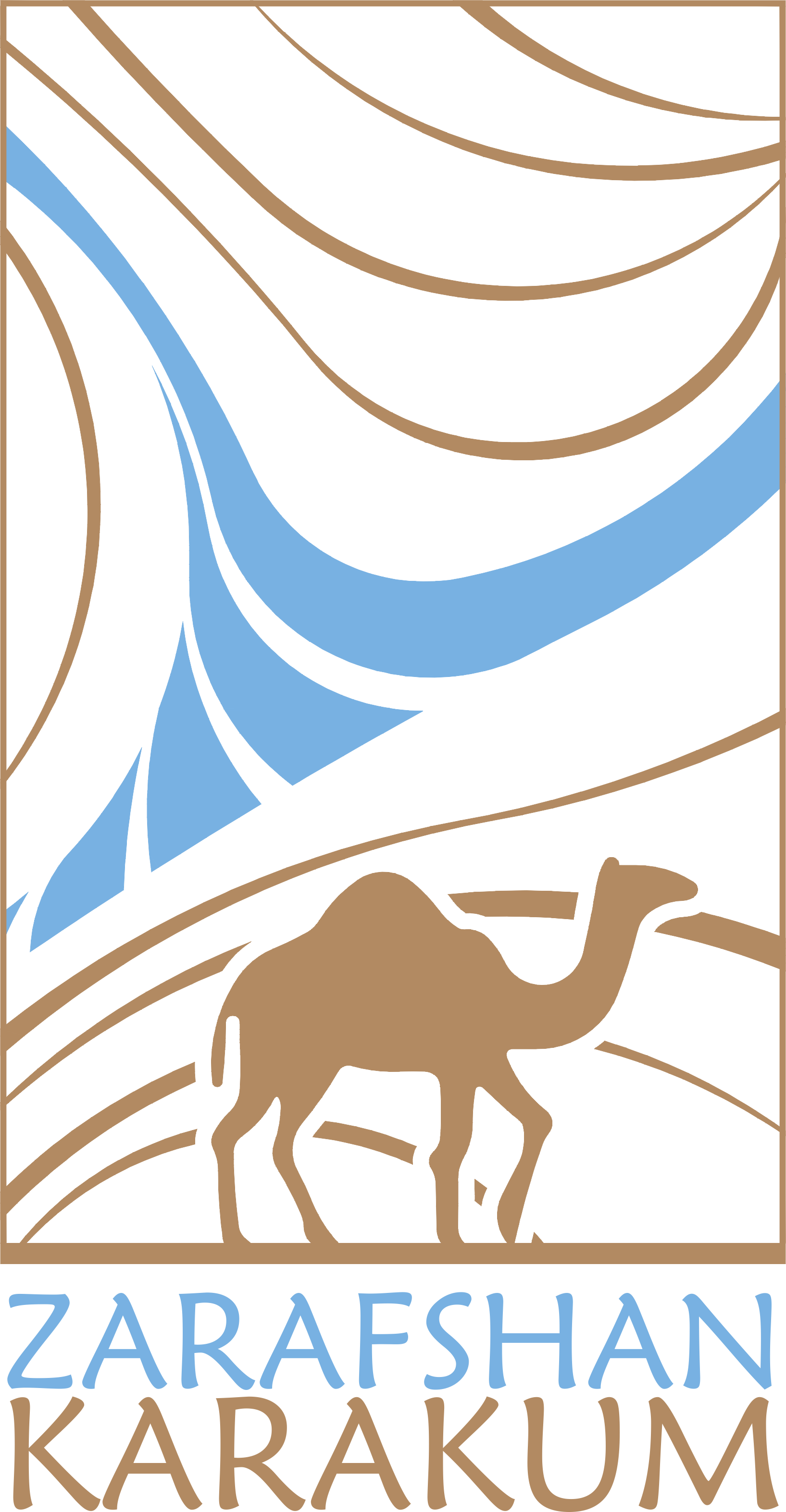GARDANI KHISOR SETTLEMENT
The main value of this relatively small (1ha) and humble settlement with the wall of irregular shape, comprising of the palace of the ruler and houses of community members along the streets below it, is its being the only completely excavated rural settlement of Sogdians of the 7th – early 8th century.
TJ-04
Penjikent expedition
Gardani Khisor settlement
TJ-04
It is the reference site for ordinary life of Sogdians in the highlands, that shows difference as compares to palaces, castles or temples known in other parts of Sogdiana. Thanks to the excavations of Gardani Khisor (medieval Madm), the lifestyle of the ordinary people responsible for the blossom along the Silk Roads in the pre-Islamic period is now well-known. The palace of the Gardani Khisor settlement with decorated wooden ceiling panels and fireplace shows how much the elite culture of the day penetrated into distant environments. As a result of the events of 721–722 the castle on Mount Mug (12 km away), the settlement of Gardani Khisor and partially Kum were destroyed. Archaeological materials reflect the results of these events. Gardani Khisor represents an example of the town planning, fortifications, monumental art along the Silk Roads as well as reflects Sogdian palatial structures of petty rulers, who were engaged in the Silk Road trade. It is also an example of outstanding human activity in unfavorable mountain environment and is associated with the locations, which bear witness to Islamization of the area, through archaeological materials. The completeness of the data of the life of Gardani Khisor in late 7th – early 8th centuries is the key value of the archaeological site for including into the nomination.

